RESEARCH FINDINGS #44:
|
|||||||||||||||||||||||||||||||||||||||||||||||||||||||||||||||||||||||||||||||||||||||||||||||||||||||||||||||||||||||||||||||||||||||||||||||||||||||||||||||||||||||||||||||||||||||||||
| October 2019 | |||||||||||||||||||||||||||||||||||||||||||||||||||||||||||||||||||||||||||||||||||||||||||||||||||||||||||||||||||||||||||||||||||||||||||||||||||||||||||||||||||||||||||||||||||||||||||
| G. Edward Miller, PhD, Steven C. Hill, PhD, and Yao Ding, PhD |
|||||||||||||||||||||||||||||||||||||||||||||||||||||||||||||||||||||||||||||||||||||||||||||||||||||||||||||||||||||||||||||||||||||||||||||||||||||||||||||||||||||||||||||||||||||||||||
Highlights
|
|||||||||||||||||||||||||||||||||||||||||||||||||||||||||||||||||||||||||||||||||||||||||||||||||||||||||||||||||||||||||||||||||||||||||||||||||||||||||||||||||||||||||||||||||||||||||||
IntroductionThis Research Findings report examines outpatient prescription drug purchases by a nationally representative sample of the U.S. civilian noninstitutionalized population for the years 2011 to 2016. First, we examine trends in the percentages of outpatient prescriptions filled with four types of drugs: 1) specialty drugs; 2) non-specialty single source drugs; 3) non-specialty originators (brand name drugs that have lost patent protection); and 4) non-specialty generic drugs. Next, we turn to measures of drug prices, discounts, and markups. We examine retail unit prices (RUPs), which are prices per pill or per other unit (e.g., gram, milliliter, vial, or syringe) and which provide a standardized measure of the total price of each drug purchase. Then, we examine out-of-pocket unit costs and out-of-pocket-shares (i.e., the percent of the cost of each prescription fill paid by individuals and families), which provide measures of consumers' financial exposure. Finally, we examine the ratios of the RUP to two benchmark prices—the wholesale acquisition unit cost (WAUC) and the average wholesale unit price (AWUP)—which provide information on markups and discounts available to consumers at retail pharmacies.The description of results in the Findings section below, primarily focuses on means of retail prices, out-of-pocket costs, markups, and discounts. The distributions of these variables, however, can be highly skewed with means that are influenced by outlier values, so we also examine the median of each measure to provide information on “typical” values. We examine overall trends for each measure, as well as differences by drug type and insurance status. To control for general inflation, we use the gross domestic product (GDP) implicit price deflator to adjust RUPs and out-of-pocket unit costs for all years to 2016 dollars. All analyses were conducted at the fill level and all differences between estimates discussed in the text are statistically significant at the 0.05 level, or better. |
|||||||||||||||||||||||||||||||||||||||||||||||||||||||||||||||||||||||||||||||||||||||||||||||||||||||||||||||||||||||||||||||||||||||||||||||||||||||||||||||||||||||||||||||||||||||||||
FindingsPercentage distribution of fills by drug typeWe begin by examining trends and differences by insurance status in the percentages of outpatient prescriptions that were filled with specialty drugs and with non-specialty single source, originator, and generic drugs. From 2011 to 2016, the most notable changes were that the share of outpatient prescriptions filled with non-specialty single source drugs fell by 11.0 percentage points from 22.2 to 11.2 percent while the share of prescriptions filled by non-specialty generics increased by 11.9 percentage points from 71.5 to 83.4 percent (figure 1). Over the same period, specialty drugs rose from 1.2 to 2.0 percent of fills and non-specialty originators fell from 5.2 to 3.4 percent of fills. In 2016, there were a number of significant differences by insurance status in the percentages of prescriptions filled with each type of drug (table 1). Medicare Part D enrollees filled a smaller share of prescriptions with specialty drugs (1.6 percent) and a larger share of prescriptions with generics (85.1 percent) than persons who were covered by Medicaid (2.4 percent and 81.9 percent, respectively) or private insurance (2.4 percent and 82.2 percent, respectively). The uninsured filled a smaller share of prescriptions with non-specialty single source drugs (8.4 percent) than those covered by Medicaid (12.8 percent), private insurance (11.4 percent), or Medicare Part D (10.8 percent), and filled a larger share of prescriptions with generics (86.3 percent) than Medicaid recipients (81.9 percent) and the privately insured (82.2 percent). Retail unit prices As expected, there are wide differences in mean and median RUPs by specialty and patent status, with mean RUPs in 2016 ranging from $1.00 for non-specialty generic drugs to $324.65 for specialty drugs (figures 2a.1 and 2a.2), and median RUPs ranging from $.30 for non-specialty generic drugs to $38.75 for specialty drugs (figure 2b). Median RUPs for specialty drugs increased by almost 50 percent from $26.52 in 2011 (in 2016 dollars) to $38.75 in 2016 (figure 2b), but the trend for mean RUPs for these drugs is less clear. Mean RUPs for specialty drugs fluctuated year to year, ranging from $215.38 to $324.65, but there was no significant change from 2011 to 2016, and the only significant year-to-year change was from 2015 ($219.52) to 2016 ($324.65) (figure 2a.1). This pattern arises because of the highly skewed distribution of RUPs due to some extremely high-priced drugs. Specialty drugs with very small patient populations have a small probability of being in the MEPS sample each year. Medians, which reflect the typical prescription fill, are not affected by outliers, and have a more stable trend. Non-specialty drugs have more stable estimates due to larger sample sizes and less extreme distributions. From 2011 through 2016, median RUPs for non-specialty single source drugs rose 84 percent, from $4.57 to $8.43, and mean RUPs more than doubled, from $8.60 to $21.42. For non-specialty generic drugs, median RUPs rose from $.24 to $.30, and mean RUPs rose from $.66 to $1.00. In 2016, the privately insured had mean RUPs for specialty drugs ($443.58) that were approximately two times the mean RUPs for Medicaid recipients ($202.88) and Medicare Part D enrollees ($222.45), and the privately insured had higher mean RUPs for non-specialty single source drugs ($24.47) than Medicaid recipients ($15.22) and the uninsured ($11.64) (table 2). Moreover, the privately insured had overall mean RUPs for all of the drugs they purchased ($14.46) that were about twice as high as overall mean RUPs for Medicare Part D enrollees ($6.95) and Medicaid recipients ($7.67) and more than three times as large as the overall mean RUPs for the uninsured ($4.25) and veterans and individuals covered by TRICARE ($4.16). The difference in overall mean RUPs reflects both the mix of drugs (i.e., the percentage of prescriptions filled with specialty drugs) used by each insurance group, as well as the average RUP for each type of drug. Median RUPs were similar across insurance categories in 2016. Overall median RUPs varied by only $.12, ranging from $.33 for the uninsured to $.45 for the privately insured, reflecting the fact that, in 2016, the “typical” prescription for all insurance types was filled with a non-specialty generic drug. The privately insured had median RUPs for specialty drugs ($53.07) that were about 60 to 70 percent higher than Medicaid recipients ($31.17) and Part D enrollees ($33.89), while Part D enrollees had higher median RUPs for non-specialty single source drugs ($9.91) and non-specialty originators ($7.79) than the privately insured ($8.31 and $3.52, respectively) and Medicaid recipients ($8.18 and $3.86, respectively). The uninsured had lower median RUPs for non-specialty single source drugs ($6.42) than the privately insured, Medicaid recipients, or Part D enrollees. Out-of-pocket unit cost and share of drug costs paid out of pocket As expected, consumers typically pay the most for specialty drugs and the least for generics. For example, in 2016, mean out-of-pocket unit costs ranged from $.23 for non-specialty generic drugs to $12.15 for specialty drugs (figures 3a.1 and 3a.2). In spite of the higher amounts paid for specialty and other brand name drugs, consumers paid a higher share of the costs of generic drugs (41.8 percent) than they paid for non-specialty originators (32.1 percent), non-specialty single source drugs (20.0 percent), and specialty drugs (10.8 percent) (figure 4a). The distributions of out-of-pocket unit costs and out-of-pocket shares for specialty drugs were highly skewed, with mean out-of-pocket unit costs that ranged about 40 to 200 times the median in each year from 2011 to 2016 (figures 3a.1, 3a.2, and 3b) and mean out-of-pocket shares that ranged from about 10 to 20 times the median (figures 4a and 4b). From 2011 to 2016, median out-of-pocket unit costs dropped by about 30 to 40 percent for all types of non-specialty drugs and for all drugs combined (figure 3b). In particular, median out-of-pocket unit costs fell from $.67 to $.40 for non-specialty single source drugs, from $.50 to $.34 for non-specialty originators, from $.11 to $.07 for non-specialty generics, and from $.13 to $.08 across fills of all types of drugs. Similarly, the median out-of-pocket share fell by about one-half to two-thirds for non-specialty single source drugs (16.8 to 5.5 percent), non-specialty originators (23.3 to 11.1 percent), non-specialty generics (64.5 to 20.4 percent), and for all drugs combined (37.8 to 15.4 percent) (figure 4b). For specialty drugs, by contrast, there were no significant changes in either median out-of-pocket unit costs or median out-of-pocket shares over this time period. There are the large year-to-year fluctuations in mean out-of-pocket unit costs for specialty drugs, with out-of-pocket unit costs ranging from a high of $30.66 in 2012 to a low of $12.15 in 2016 (figure 3a.1). The pattern for specialty drugs reflects sampling variability in cost sharing for extremely high-priced, and in some cases rarely used, specialty drugs. Over the entire period, however, there was no significant change in mean out-of-pocket unit costs for specialty drugs. There was less year-to-year variability among non-specialty single source drugs than for specialty drugs, with mean out-of-pocket unit costs ranging from a high of $6.37 in 2014 to a low of $2.25 in 2011 (figure 3a.2). Over the entire period, there was an increase from $2.25 to $2.76 for non-specialty single source drugs. Over the same period, mean out-of-pocket unit costs fell for non-specialty generics ($.26 to $.23) and across all drugs ($.93 to $.78). Mean out-of-pocket shares also fell for all types of non-specialty drugs and for all drugs, with the out-of-pocket share for non-specialty single source drugs falling from 29.1 to 20.0 percent, for non-specialty originators from 41.7 to 32.1 percent, for non-specialty generics from 57.1 to 41.8 percent, and for all drugs from 49.6 to 38.4 percent (figure 4a). In 2016, mean and median out-of-pocket unit costs and out-of-pocket shares for non-specialty drugs were consistently highest for the uninsured, followed by the privately insured (tables 3 and 4). This was true for all drug type-insurance type comparisons, except for categories with imprecise estimates due to small sample sizes, especially specialty drugs and some non-specialty single source brand name drugs. The uninsured typically paid the full cost of their prescriptions (i.e., the median out-of-pocket share for generic drugs and for all drugs is 100 percent), but median out-of-pocket shares for non-specialty single source and originator drugs were 92.3 and 86.0 percent, respectively, reflecting the fact that some uninsured consumers received drugs through charity care, Workers Compensation, or government programs such as publicly funded clinics and hospitals. For Medicaid, the median out-of-pocket unit cost and out-of-pocket share is zero for all types of drugs, and many veterans and others with TRICARE coverage have zero median out-of-pocket unit costs and shares for non-specialty originators and generics. Ratio of the retail unit price to average wholesale unit price and wholesale acquisition unit cost The wholesale acquisition cost (WAC) is a list price for drug wholesalers or other distributors purchasing drugs from manufacturers. Retail pharmacies, in turn, typically purchase drugs based on a markup above the WAC. The average wholesale price (AWP) is the retail list price for drugs sold by pharmacies. For brand name drugs, the AWP is typically about 20 percent above the WAC, but for generic drugs the “spread” between the WAC and AWP is more varied and can be substantially larger. Private and public insurers negotiate retail discounts from the AWP for their enrollees. Market pricing on brand drugs tends to be roughly 15 percent less than the AWP, which is typically equivalent to about a 2 percent markup above the WAC.1 The relation of AWP to generic pricing, however, is not as clear.2 The median ratios of the RUP to the WAUC and the AWUP provide information on the typical markups and discounts available to various payers. The three major payers—Medicare Part D, private insurance, and Medicaid—had median discounts from AWUP for the three types of brand name drugs (specialty, non-specialty single source, and non-specialty originator) that were all close to 15 percent (ranging from 14.6 to 16.3 percent) and corresponding median markups relative to WAUC ranging from 0.5 to 2.9 percent (tables 5 and 6). The uninsured had similar discounts and markups for non-specialty single source and originator drugs, but had a larger median discount for specialty drugs (20.3 percent below AWUP) which resulted in a 4.4 percent median discount from WAUC. In lieu of rebates, TRICARE and Veterans Affairs (VA) typically get larger median discounts relative to AWUP (40.6 percent for single source drugs and 58.7 percent for originators) with corresponding median discounts relative to the WAUC (38.3 percent for single source drugs and 49.9 percent for originators). For specialty drugs, the distribution of markups above the WAUC is skewed with overall mean and median markups of 20.6 and 1.2 percent, respectively. Medicare Part D had a lower mean markup for specialty drugs (8.4 percent) than private insurance (19.2 percent) and Medicaid (69.1 percent), while the uninsured, on average, had RUPs for specialty drugs that were 14.9 percent lower than the WAUC. The distribution of markups for generics is skewed with median markups of 9.6 percent above the WAUC, and pharmacies, on average, paying 3.3 times the WAUC for generic drugs (table 5). This is not surprising for two reasons: First, older generic drugs tend to have a large spread between the AWP and WAC, which provides more latitude to pharmacies in setting retail prices. Second, many older generic drugs are pennies per pill, so the pharmacy dispensing fee (which is part of the retail price) may result in a large retail markup even in cases where the pharmacy prices the ingredients at little, or no, markup above the WAC. Medicare Part D had a lower median markup (3.5 percent) above the WAUC for generic drugs than private insurance (9.1 percent) and Medicaid (10.2 percent), and all three major payers had lower median markups for generic drugs than the uninsured (36.1 percent). From 2011 to 2016, there was no significant change in markups or discounts for specialty drugs (figures 5a, 5b, 6a, and 6b). For non-specialty single source drugs, markups above the WAUC declined at both the mean (from 15.8 to 7.9 percent) and median (from 3.9 to 0.9 percent) with corresponding increases in the discount from AWUP at the mean (from 5.1 to 16.5 percent) and median (from 13.5 to 16.3 percent). For generic drugs, mean markups above the WAUC increased (from 128.1 to 231.4 percent), while median markups decreased (from 17.7 to 9.6 percent), and mean and median discounts from the AWUP both increased (from 43.7 to 48.8 percent and from 73.0 to 76.1 percent, respectively). | |||||||||||||||||||||||||||||||||||||||||||||||||||||||||||||||||||||||||||||||||||||||||||||||||||||||||||||||||||||||||||||||||||||||||||||||||||||||||||||||||||||||||||||||||||||||||||
Data SourceThe estimates shown in this Research Findings report are drawn from analyses conducted by the MEPS staff from the MEPS Prescribed Medicines (PMED) Files HC-144A, HC-152A, HC-160A, HC-168A, HC-178A, and HC-188A. Refined editing rules were applied to MEPS public use PMED files, removing caps on imputed payments for certain specialty drugs. Insurance coverage was merged onto the MEPS PMED Files from the MEPS Full-Year Consolidated Data Files HC-147, HC-155, HC-163, HC-171, HC-181, and HC-192. The PMED files were merged by National Drug Code to the Wolters Kluwer Health Master Drug Database to obtain information on two benchmark prices (WAC and AWP) and the patent status (single source, originator, or generic) for each prescription fill. |
|||||||||||||||||||||||||||||||||||||||||||||||||||||||||||||||||||||||||||||||||||||||||||||||||||||||||||||||||||||||||||||||||||||||||||||||||||||||||||||||||||||||||||||||||||||||||||
DefinitionsRetail unit priceThe total retail price recorded in the MEPS is the sum of amounts paid for each prescription fill at outpatient retail pharmacies by all third-party payers, including private insurance, Medicare, Medicaid, TRICARE, and the VA, and out-of-pocket payments by individuals and families. The retail price does not include manufacturer rebates. To standardize quantities, we calculated the retail unit price (RUP) for each fill by dividing the total retail price by the number of pills or other unit dispensed. Out-of-pocket unit cost The out-of-pocket cost is the total amount paid for each fill at outpatient retail pharmacies by individuals and families. To standardize quantities, we calculated the out-of-pocket unit cost for each fill by dividing the total out-of-pocket cost by the number of pills or other unit dispensed. Out-of-pocket share The out-of-pocket share is the percentage of the total retail price paid by individuals and families. This percentage is first calculated at the fill level, and is then averaged across fills. Wholesale acquisition cost The wholesale acquisition cost (WAC) is a list price for drug wholesalers or other distributors purchasing drugs from manufacturers. WACs vary by drug product (manufacturer, active ingredient, dosage form, strength) and package size. To standardize quantities, we use the wholesale acquisition unit cost (WAUC) which is calculated by dividing the total WAC by the number of pills or other units in the package. Average wholesale price The average wholesale price (AWP) is a retail list price for drugs sold by pharmacies. Typically, a 20 percent markup is applied to the manufacturer-supplied WAC, which results in the AWP amount. AWPs vary by drug product (manufacturer, active ingredient, dosage form, strength) and package size. To standardize quantities, we use the average wholesale unit price (AWUP) which is calculated by dividing the total AWP by the number of pills or other units in the package. Drug type
Insurance coverage was merged onto the MEPS Prescribed Medicines Files from the MEPS Full-Year Consolidated Data Files. Insurance status for each person was determined by their reported insurance coverage in the interview round in which each prescription fill was purchased. The following insurance categories are defined as:
| |||||||||||||||||||||||||||||||||||||||||||||||||||||||||||||||||||||||||||||||||||||||||||||||||||||||||||||||||||||||||||||||||||||||||||||||||||||||||||||||||||||||||||||||||||||||||||
About MEPS-HCThe Medical Expenditure Panel Survey Household Component (MEPS-HC) collects nationally representative data on health care use, expenditures, sources of payment, and insurance coverage for the U.S. civilian noninstitutionalized population. MEPS uses an overlapping panel design in which households in each panel are interviewed five times over a 2-year period. In each round, the MEPS asks respondents for the names of drugs each household member acquired since the last interview, the number of times they were obtained, and permission to contact pharmacies. Additional details about medications, including total retail prices, out-of-pocket payments, quantities dispensed, and the National Drug Code are obtained from pharmacies. The MEPS-HC is cosponsored by the Agency for Healthcare Research and Quality (AHRQ) and the National Center for Health Statistics (NCHS). More information about the MEPS-HC can be found on the MEPS website at https://meps.ahrq.gov/. |
|||||||||||||||||||||||||||||||||||||||||||||||||||||||||||||||||||||||||||||||||||||||||||||||||||||||||||||||||||||||||||||||||||||||||||||||||||||||||||||||||||||||||||||||||||||||||||
ReferencesCohen, J. Design and Methods of the Medical Expenditure Panel Survey Household Component. MEPS Methodology Report No. 1. AHCPR Pub. No. 97-0026. Rockville, MD. Agency for Health Care Policy and Research, 1997. https://meps.ahrq.gov/data_files/publications/mr1/mr1.shtmlEzzati-Rice, T.M., Rohde, F., Greenblatt, J. Sample Design of the Medical Expenditure Panel Survey Household Component, 1998–2007. Methodology Report No. 22. March 2008. Agency for Healthcare Research and Quality, Rockville, MD. https://meps.ahrq.gov/data_files/publications/mr22/mr22.shtml |
|||||||||||||||||||||||||||||||||||||||||||||||||||||||||||||||||||||||||||||||||||||||||||||||||||||||||||||||||||||||||||||||||||||||||||||||||||||||||||||||||||||||||||||||||||||||||||
Footnotes1 For example, a brand name drug with a WAC of $100 would typically have an AWP of about $120 (a 20 percent markup above the WAC) and a retail price of about $102 (a 15 percent discount from the AWP).2 Drugs.com. Average Wholesale Price (AWP) as a Pricing Benchmark. August 16, 2018. https://www.drugs.com/article/average-wholesale-price-awp.html 3 Centers for Medicare and Medicaid Services (CMS). Medicare Part D Specialty Tier. April 7, 2015. https://www.cms.gov/medicare/prescription-drug-coverage/prescriptiondrugcovgenin/downloads/cy-2016-specialty-tier-methodology.pdf |
|||||||||||||||||||||||||||||||||||||||||||||||||||||||||||||||||||||||||||||||||||||||||||||||||||||||||||||||||||||||||||||||||||||||||||||||||||||||||||||||||||||||||||||||||||||||||||
Suggested CitationMiller, G.E., Hill, S.C., and Ding, Y. Retail Drug Prices, Out-of-Pocket Costs, and Discounts and Markups Relative to List Prices: Trends and Differences by Drug Type and Insurance Status, 2011 to 2016. Research Findings #44. October 2019. Agency for Healthcare Research and Quality, Rockville, MD. https://meps.ahrq.gov/mepsweb/data_files/publications/rf44/rf44.shtmlAHRQ welcomes questions and comments from readers of this publication who are interested in obtaining more information about access, cost, use, financing, and quality of healthcare in the United States. We also invite you to tell us how you are using this Research Findings report and other MEPS data and tools and to share suggestions on how MEPS products might be enhanced to further meet your needs. Please email us at MEPSProjectDirector@ahrq.hhs.gov or send a letter to the address below: Joel W. Cohen, PhD, Director Center for Financing, Access, and Cost Trends Agency for Healthcare Research and Quality 5600 Fishers Lane, Mailstop 07W41A Rockville, MD 20857 |
|||||||||||||||||||||||||||||||||||||||||||||||||||||||||||||||||||||||||||||||||||||||||||||||||||||||||||||||||||||||||||||||||||||||||||||||||||||||||||||||||||||||||||||||||||||||||||
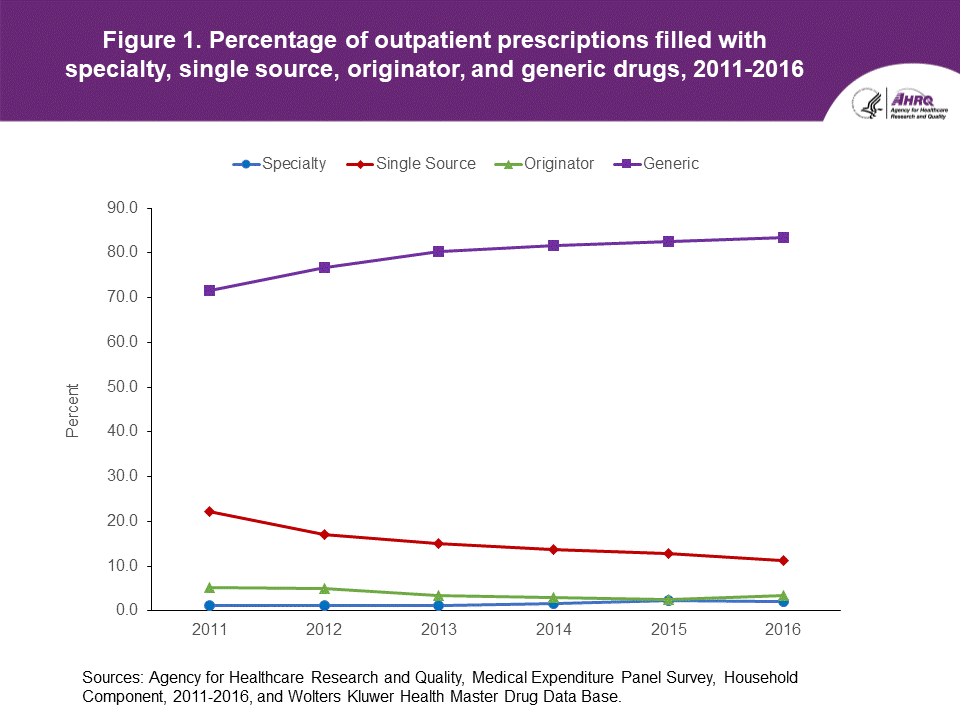 | |||||||||||||||||||||||||||||||||||||||||||||||||||||||||||||||||||||||||||||||||||||||||||||||||||||||||||||||||||||||||||||||||||||||||||||||||||||||||||||||||||||||||||||||||||||||||||
| |||||||||||||||||||||||||||||||||||||||||||||||||||||||||||||||||||||||||||||||||||||||||||||||||||||||||||||||||||||||||||||||||||||||||||||||||||||||||||||||||||||||||||||||||||||||||||
|
|||||||||||||||||||||||||||||||||||||||||||||||||||||||||||||||||||||||||||||||||||||||||||||||||||||||||||||||||||||||||||||||||||||||||||||||||||||||||||||||||||||||||||||||||||||||||||
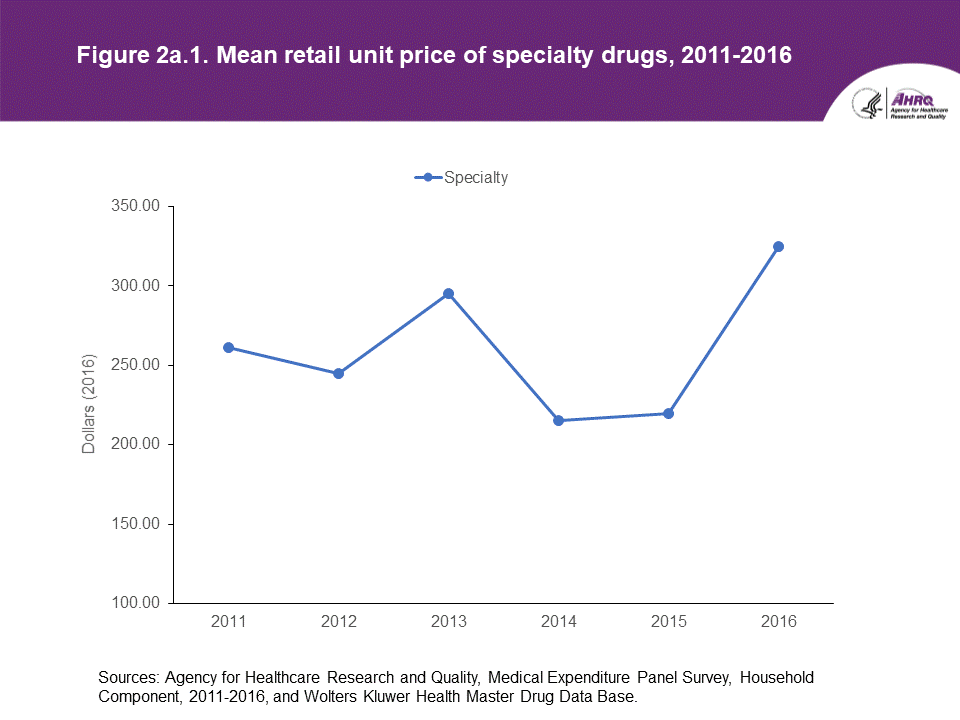 | |||||||||||||||||||||||||||||||||||||||||||||||||||||||||||||||||||||||||||||||||||||||||||||||||||||||||||||||||||||||||||||||||||||||||||||||||||||||||||||||||||||||||||||||||||||||||||
| |||||||||||||||||||||||||||||||||||||||||||||||||||||||||||||||||||||||||||||||||||||||||||||||||||||||||||||||||||||||||||||||||||||||||||||||||||||||||||||||||||||||||||||||||||||||||||
 | |||||||||||||||||||||||||||||||||||||||||||||||||||||||||||||||||||||||||||||||||||||||||||||||||||||||||||||||||||||||||||||||||||||||||||||||||||||||||||||||||||||||||||||||||||||||||||
| |||||||||||||||||||||||||||||||||||||||||||||||||||||||||||||||||||||||||||||||||||||||||||||||||||||||||||||||||||||||||||||||||||||||||||||||||||||||||||||||||||||||||||||||||||||||||||
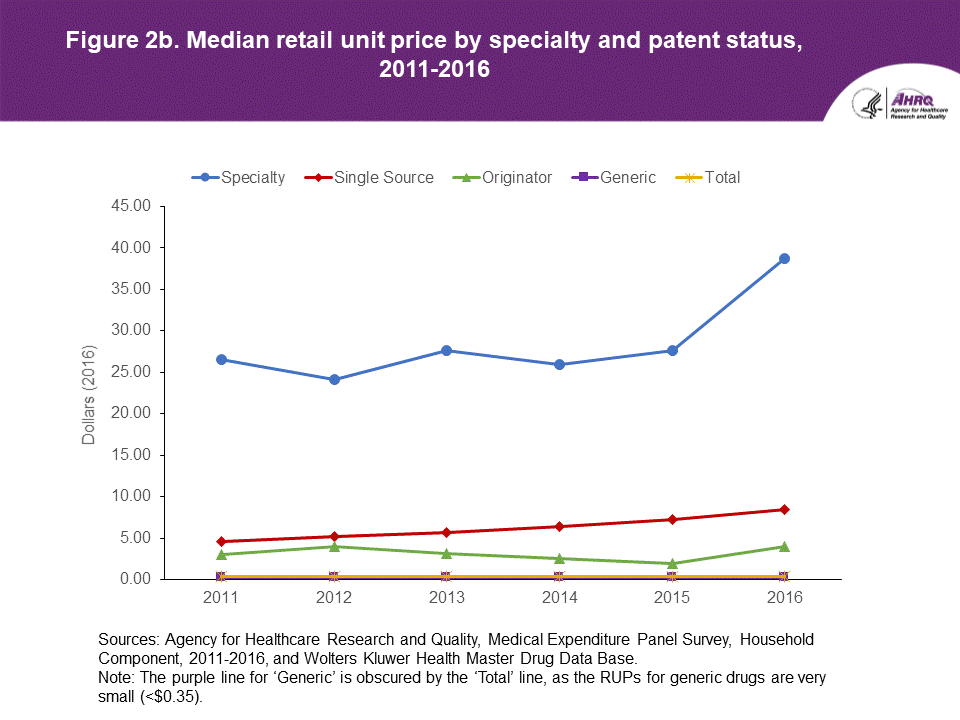 | |||||||||||||||||||||||||||||||||||||||||||||||||||||||||||||||||||||||||||||||||||||||||||||||||||||||||||||||||||||||||||||||||||||||||||||||||||||||||||||||||||||||||||||||||||||||||||
| |||||||||||||||||||||||||||||||||||||||||||||||||||||||||||||||||||||||||||||||||||||||||||||||||||||||||||||||||||||||||||||||||||||||||||||||||||||||||||||||||||||||||||||||||||||||||||
|
|||||||||||||||||||||||||||||||||||||||||||||||||||||||||||||||||||||||||||||||||||||||||||||||||||||||||||||||||||||||||||||||||||||||||||||||||||||||||||||||||||||||||||||||||||||||||||
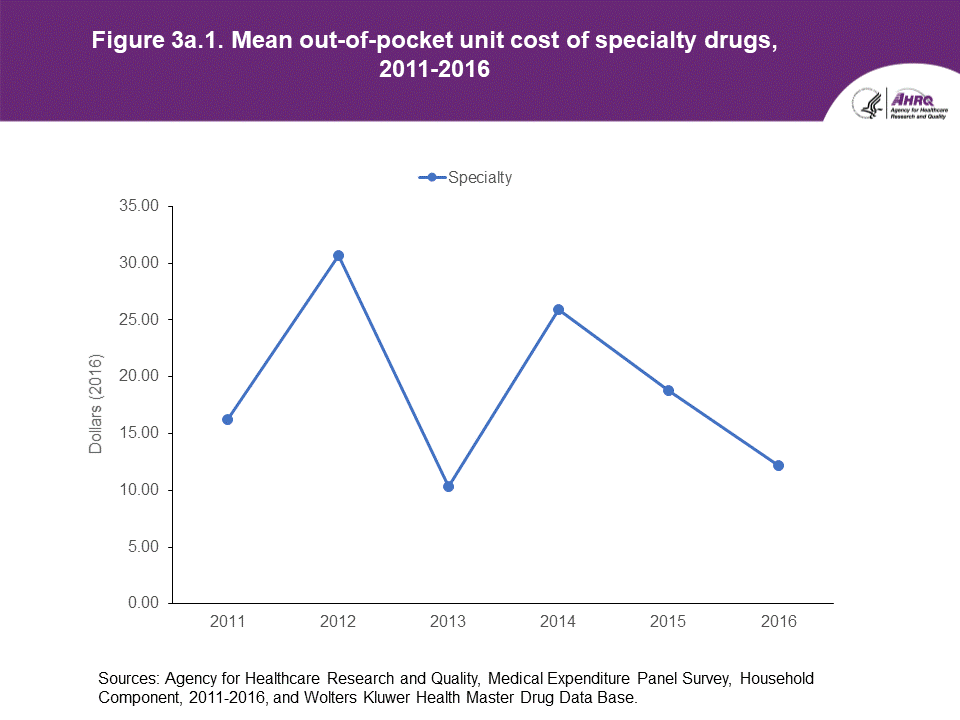 | |||||||||||||||||||||||||||||||||||||||||||||||||||||||||||||||||||||||||||||||||||||||||||||||||||||||||||||||||||||||||||||||||||||||||||||||||||||||||||||||||||||||||||||||||||||||||||
| |||||||||||||||||||||||||||||||||||||||||||||||||||||||||||||||||||||||||||||||||||||||||||||||||||||||||||||||||||||||||||||||||||||||||||||||||||||||||||||||||||||||||||||||||||||||||||
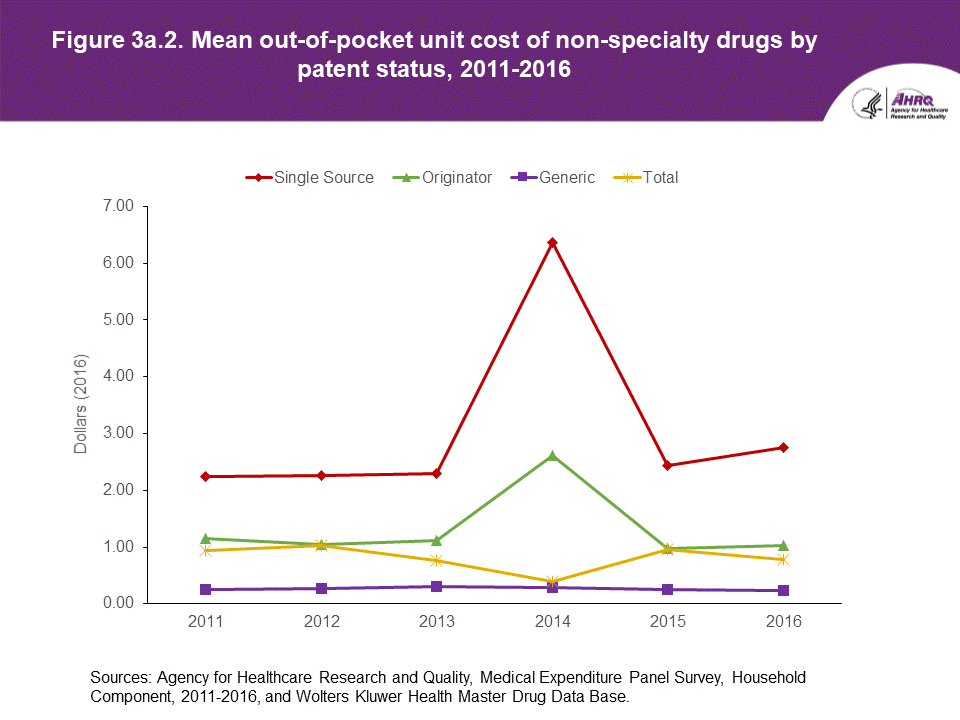 | |||||||||||||||||||||||||||||||||||||||||||||||||||||||||||||||||||||||||||||||||||||||||||||||||||||||||||||||||||||||||||||||||||||||||||||||||||||||||||||||||||||||||||||||||||||||||||
| |||||||||||||||||||||||||||||||||||||||||||||||||||||||||||||||||||||||||||||||||||||||||||||||||||||||||||||||||||||||||||||||||||||||||||||||||||||||||||||||||||||||||||||||||||||||||||
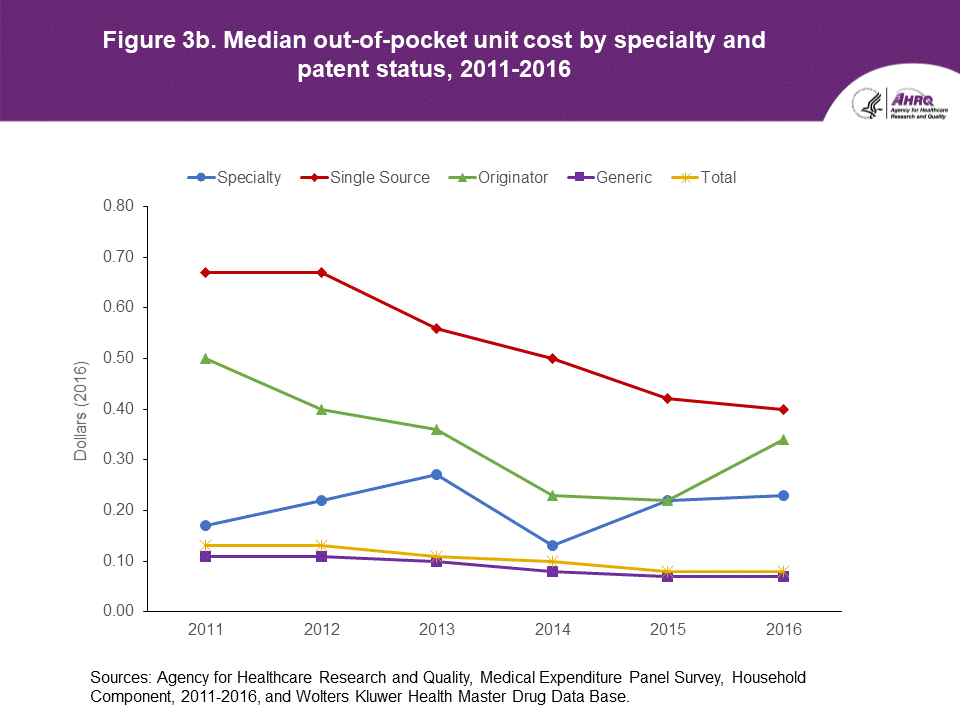 | |||||||||||||||||||||||||||||||||||||||||||||||||||||||||||||||||||||||||||||||||||||||||||||||||||||||||||||||||||||||||||||||||||||||||||||||||||||||||||||||||||||||||||||||||||||||||||
| |||||||||||||||||||||||||||||||||||||||||||||||||||||||||||||||||||||||||||||||||||||||||||||||||||||||||||||||||||||||||||||||||||||||||||||||||||||||||||||||||||||||||||||||||||||||||||
|
|||||||||||||||||||||||||||||||||||||||||||||||||||||||||||||||||||||||||||||||||||||||||||||||||||||||||||||||||||||||||||||||||||||||||||||||||||||||||||||||||||||||||||||||||||||||||||
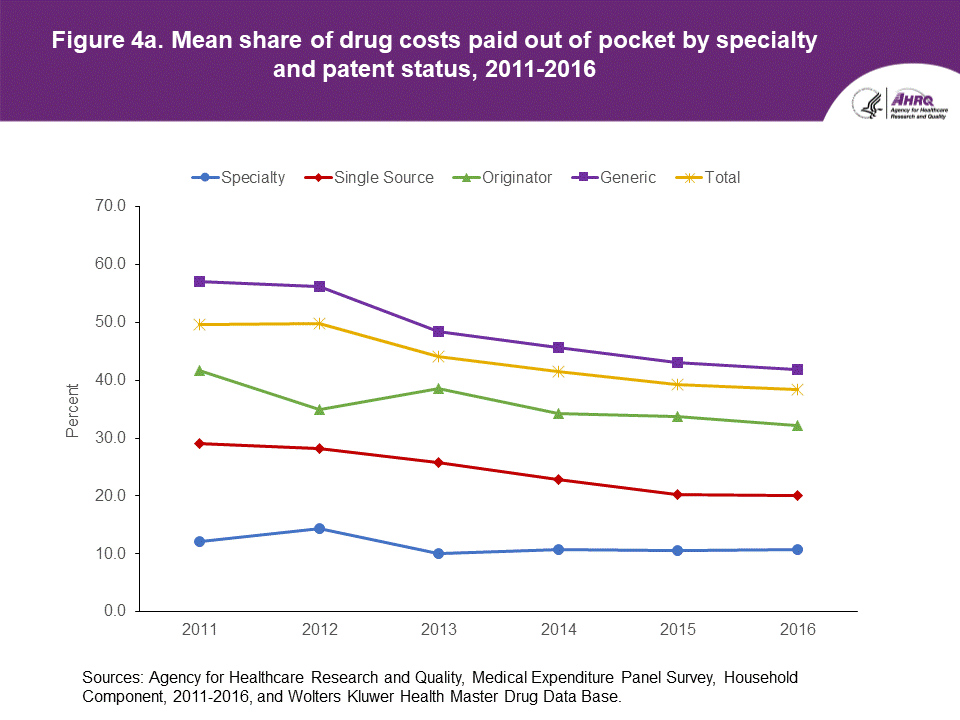 | |||||||||||||||||||||||||||||||||||||||||||||||||||||||||||||||||||||||||||||||||||||||||||||||||||||||||||||||||||||||||||||||||||||||||||||||||||||||||||||||||||||||||||||||||||||||||||
| |||||||||||||||||||||||||||||||||||||||||||||||||||||||||||||||||||||||||||||||||||||||||||||||||||||||||||||||||||||||||||||||||||||||||||||||||||||||||||||||||||||||||||||||||||||||||||
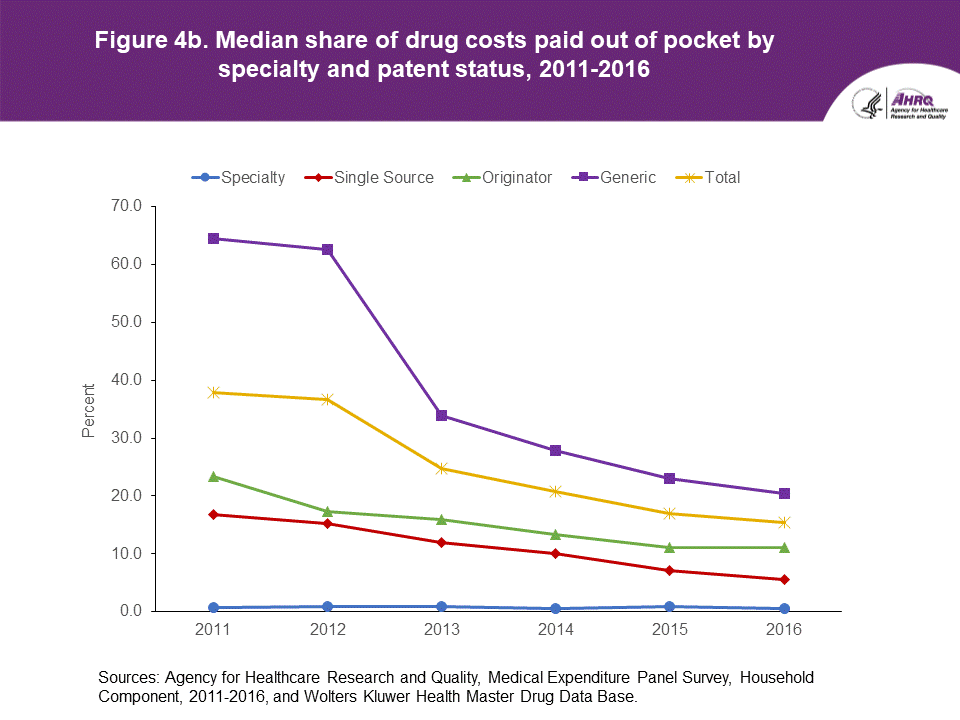 | |||||||||||||||||||||||||||||||||||||||||||||||||||||||||||||||||||||||||||||||||||||||||||||||||||||||||||||||||||||||||||||||||||||||||||||||||||||||||||||||||||||||||||||||||||||||||||
| |||||||||||||||||||||||||||||||||||||||||||||||||||||||||||||||||||||||||||||||||||||||||||||||||||||||||||||||||||||||||||||||||||||||||||||||||||||||||||||||||||||||||||||||||||||||||||
|
|||||||||||||||||||||||||||||||||||||||||||||||||||||||||||||||||||||||||||||||||||||||||||||||||||||||||||||||||||||||||||||||||||||||||||||||||||||||||||||||||||||||||||||||||||||||||||
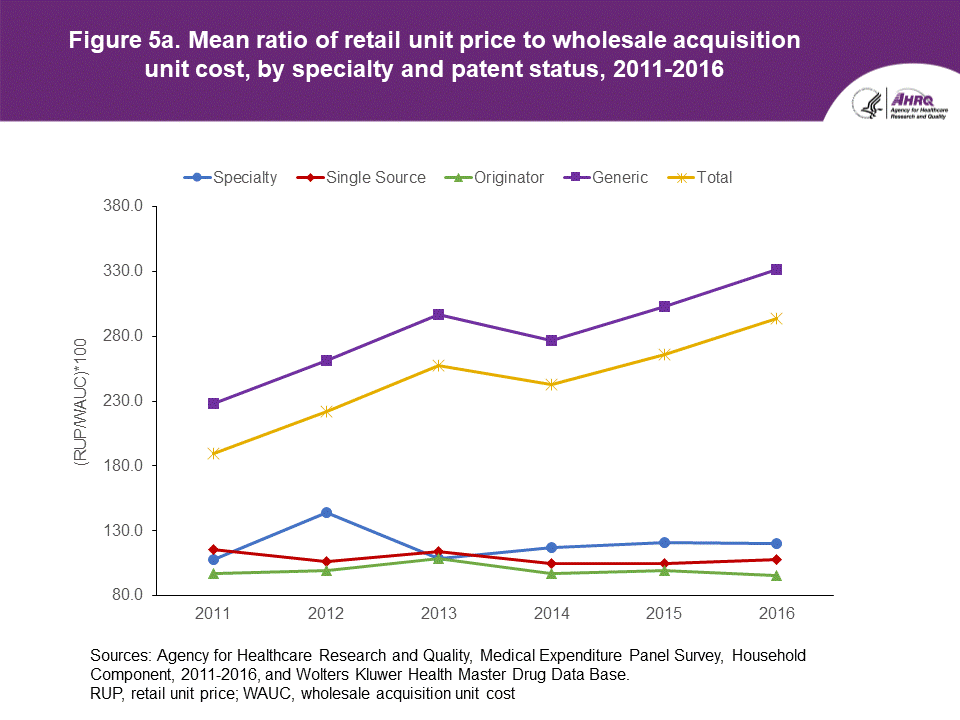 | |||||||||||||||||||||||||||||||||||||||||||||||||||||||||||||||||||||||||||||||||||||||||||||||||||||||||||||||||||||||||||||||||||||||||||||||||||||||||||||||||||||||||||||||||||||||||||
| |||||||||||||||||||||||||||||||||||||||||||||||||||||||||||||||||||||||||||||||||||||||||||||||||||||||||||||||||||||||||||||||||||||||||||||||||||||||||||||||||||||||||||||||||||||||||||
 | |||||||||||||||||||||||||||||||||||||||||||||||||||||||||||||||||||||||||||||||||||||||||||||||||||||||||||||||||||||||||||||||||||||||||||||||||||||||||||||||||||||||||||||||||||||||||||
| |||||||||||||||||||||||||||||||||||||||||||||||||||||||||||||||||||||||||||||||||||||||||||||||||||||||||||||||||||||||||||||||||||||||||||||||||||||||||||||||||||||||||||||||||||||||||||
|
|||||||||||||||||||||||||||||||||||||||||||||||||||||||||||||||||||||||||||||||||||||||||||||||||||||||||||||||||||||||||||||||||||||||||||||||||||||||||||||||||||||||||||||||||||||||||||
 | |||||||||||||||||||||||||||||||||||||||||||||||||||||||||||||||||||||||||||||||||||||||||||||||||||||||||||||||||||||||||||||||||||||||||||||||||||||||||||||||||||||||||||||||||||||||||||
| |||||||||||||||||||||||||||||||||||||||||||||||||||||||||||||||||||||||||||||||||||||||||||||||||||||||||||||||||||||||||||||||||||||||||||||||||||||||||||||||||||||||||||||||||||||||||||
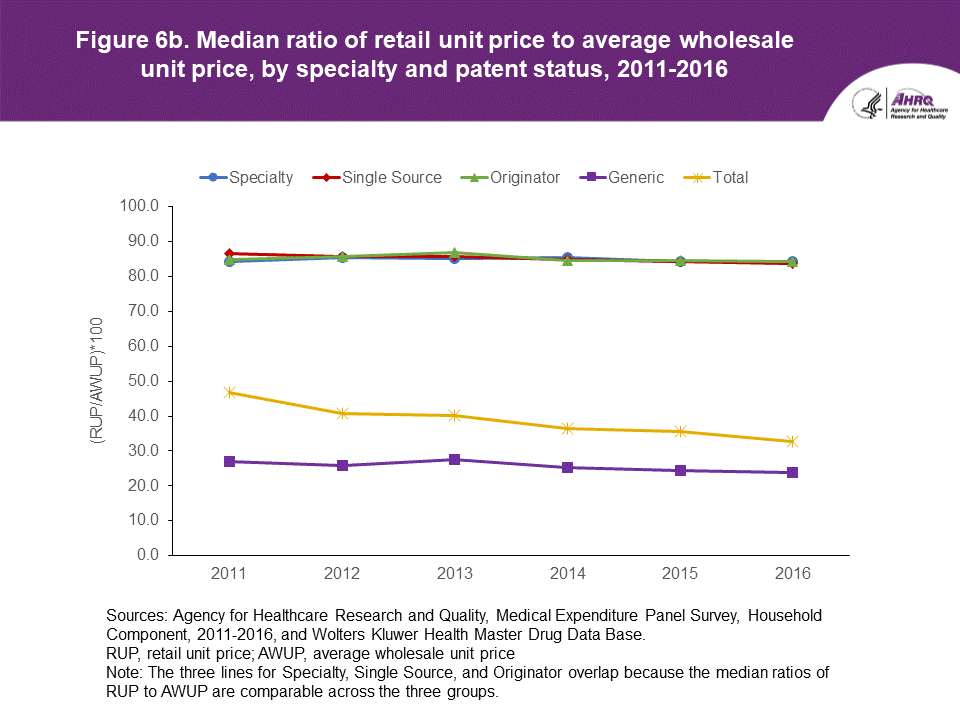 | |||||||||||||||||||||||||||||||||||||||||||||||||||||||||||||||||||||||||||||||||||||||||||||||||||||||||||||||||||||||||||||||||||||||||||||||||||||||||||||||||||||||||||||||||||||||||||
| |||||||||||||||||||||||||||||||||||||||||||||||||||||||||||||||||||||||||||||||||||||||||||||||||||||||||||||||||||||||||||||||||||||||||||||||||||||||||||||||||||||||||||||||||||||||||||
|
|||||||||||||||||||||||||||||||||||||||||||||||||||||||||||||||||||||||||||||||||||||||||||||||||||||||||||||||||||||||||||||||||||||||||||||||||||||||||||||||||||||||||||||||||||||||||||

|
|
Font Size:
|
||||
|
|
|
|
||||


